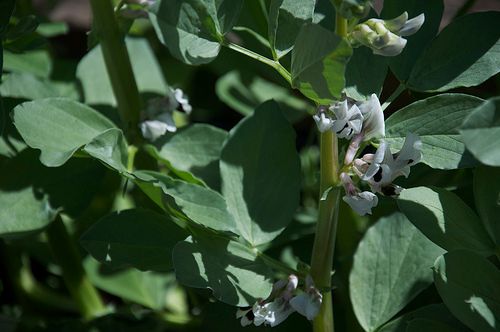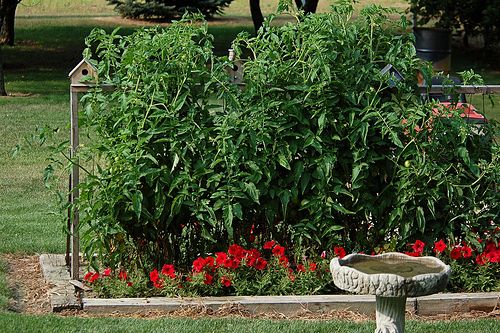
As we’ve discussed before, the organic gardening practice of crop rotation is an effective (and proven) technique to winning the pest and disease battle in your vegetable garden. I’ve talked in a previous article about the crop rotation style of rotating plant families.
Here’s another way to go about it: rotation for soil fertility. This style involves considering whether a vegetable is a leaf, root, flower, or fruit crop. This system is not necessarily better or worse than rotating by families, but it’s a useful one for small home gardens. Some gardeners consider it easier as far as keeping track because the groups seem more obvious in some ways. This type of crop rotation is based on the nutritional demands of specific plant groups.
The three major players as far as soil nutrition are nitrogen, phosphorus, and potassium (NPK). Of course there are many micronutrients that are important, too. But for this technique, we’re focusing on the three biggies. These primary nutrients are used by vegetables in varying amounts and if you take a look at the part of the plant that we’re going to eat, you’ll soon see which is most important for each one.
It’s important to remember that although each crop type may use more of a certain nutrient, they all need each one of these nutrients on some level. To clarify, I’m not implying that the single major nutrient these plants crave is the only one they need to thrive and produce — just the biggest one.
Plants Grouped By Nutritional Needs
Leafy crops — Exactly as it sounds; these plants are grown for their leaves. Or at least their above ground foliage parts, since in the case of broccoli and cauliflower we’re actually eating unopened flowers, right? The leaf group also includes the cabbage family, such as broccoli, cabbage, herbs, kale, kohlrabi, lettuce, mustard greens, spinach, and Swiss chard. They need a lot of nitrogen in the soil to produce the lush leaves that we’re harvesting.
Root crops — This group is all about that which grows underground, such as beets, carrots, garlic, onions, potatoes, radishes, and turnips. Root crops need more potassium than the others in terms of good crop development.
Flower crops — This is the legume family, which would typically place them into the fruit category. But we consider legumes (fava beans, green beans, and peas) special, so they deserve their own group. Legumes have the capability to fix atmospheric nitrogen and store them in their roots, so they actually add nutritional value to the garden soil.
Legumes are also referred to as “green manure” or “cover crop”, as they’re often grown specifically to add nitrogen to a garden bed. When you’re done harvesting your legumes for the season, rotate the leaf crops into this bed — they’ll really appreciate that nitrogen boost.
Fruit crops — These plants are harvested for their fruit such as cucumbers, eggplant, melons, peppers, pumpkins, squash, tomatillos, and tomatoes. These crops need extra nutrition, but phosphorus is an extremely important nutrient for this group. Tall, lush, but nearly fruitless tomato plants, has been the frustration of many a gardener. Later they may realize that they’ve been fertilizing the bejeezus out of them – with nitrogen. Remember that lots of nitrogen equals lots of leaves.
As far as the rest of this rotation plan, it works the same as it does for rotating by plant family; simply the group that you grew in one bed to the next bed the following year.





















Comments
Log in or create an account to post a comment.
Sign up Log in